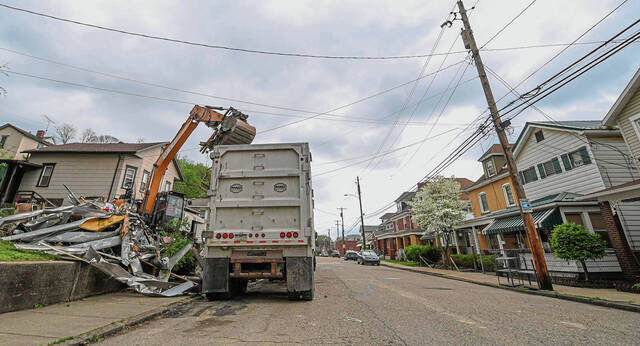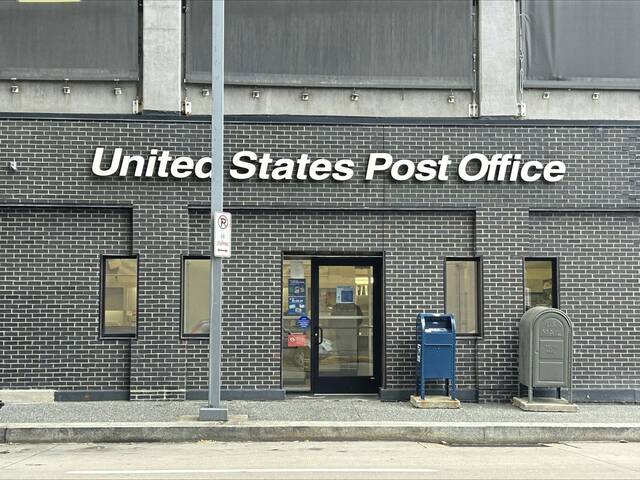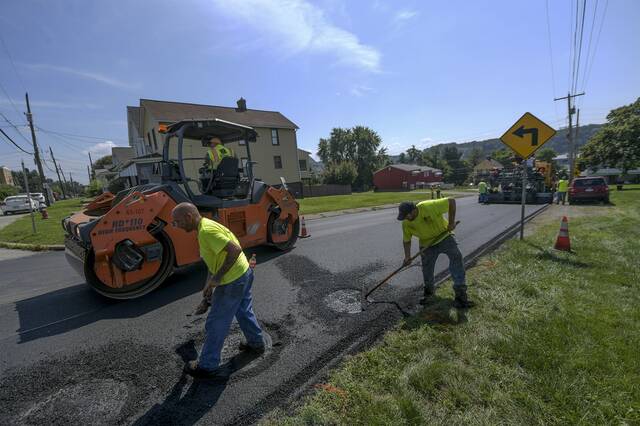Blighted properties are a problem in every county across Pennsylvania, and a proposed bill would make permanent a new fee counties can impose to raise funds for demolition.
Senate Bill 439, sponsored by Sen. David Argall, R-Berks/Schuylkill, would remove a 10-year sunset provision from Act 152 of 2016 that authorizes counties to create a demolition program to tear down blighted properties. The program would otherwise expire in 2027, at which point it could be evaluated for renewal.
Twenty-four counties have established a demolition program fee, which adds a $15 charge to each deed and mortgage recorded by the county. The attempt to make the program permanent has raised some questions, however.
“It seems to me that the point of passing some type of program that is supposed to achieve certain objectives, and one way to do it is to stop it, give it some time to evaluate it — why the rush to do away with the sunset now when it’s supposed to go away in 2027?” said Eric Montarti, research director at the Allegheny Institute for Public Policy. “There’s a lot of time left.”
Montarti has tracked the effects of the demolition program in Allegheny County, trying to draw out what happens to properties after demolition and the effects on property values in neighborhoods. What’s needed, Montarti said, is “some evaluation to say, ‘this is a worthwhile undertaking here.’ ”
The fee revenue varies greatly by county. More urban counties tend to do better: Allegheny County generated more than $2 million in 2020, according to its annual report, and Delaware County generated $774,000 in 2021. Rural places like Venango County or Somerset County, however, generated $31,000 and $75,000, respectively, in 2021 and 2020. For low-population counties, such a fund may not be enough to cover its need for combating blight.
Indiana County, a rural county that’s lost population since the 1990s, hasn’t created a demolition fund. For dealing with blight, programs like a land bank might work in Pittsburgh but not Indiana, said LuAnn Zak, assistant director of the Indiana County Office of Planning.
“You can’t just jump in and do these land banks,” Zak said. “You don’t want to go out and just buy up all the properties because then they’re in your repository. If a land bank is going to get a hold of a property, take ownership, well then you pretty much need to know there’s a buyer on the other end once you clean that property up.”
Rural counties also have an issue in staffing and funding programs.
“What I find in all programs, not just in blight, in any of the programs that come from the federal or state governments, is a lack of financial assistance to the county or the local people who are administering programs,” Zak said. “There’s no money to pay staff.”
Fighting blight is multifaceted, and rural counties may also struggle with funding action that stops a property from becoming blighted in the first place.
“Code enforcement is huge, a key factor from my standpoint,” said Josh Krug, deputy director of planning for Indiana County.
Anthony Hennen is a reporter for The Center Square and managing editor of Expatalachians, a journalism project focused on the Appalachian region.








